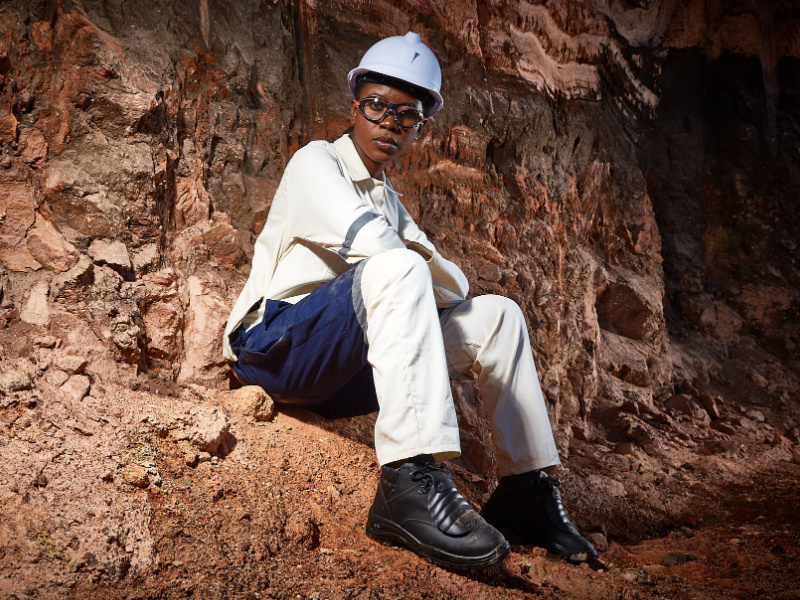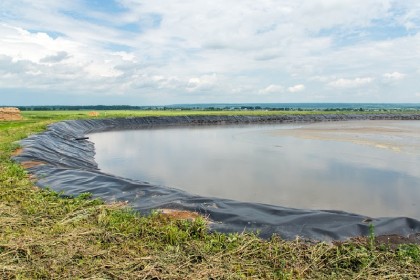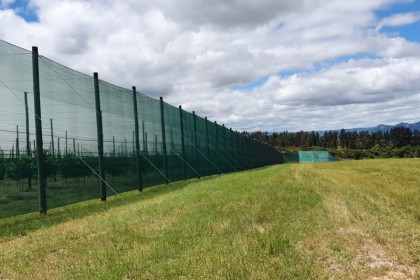
Foot Care In The Workplace Is More Than Just Appropriate Footwear
By Dr Anette Thompson, Specialist Podiatrist at SISI Safety Wear
The culture of ‘zero harm’ is about so much more than preventing workplace accidents. Holistically speaking, it’s about nurturing a workforce that is adequately equipped and properly educated to know that workplace safety doesn’t end when their shift is over. It includes personal health, safety and well-being, and extends around the clock.
As awareness increases about the importance of having the correct Personal Protective Equipment (PPE), such as the appropriate footwear, it’s important for individuals to acknowledge that health and safety requires more than wearing the gear on site, particularly when it comes to foot care. For workers who are on their feet all day, foot health is critical. As much as employers have an obligation to provide the correct PPE footwear for the job, workers to have a responsibility to ensure their own personal foot health.
Awareness is the first step in safety
There are many ways to educate the workforce on foot health. Effective teaching methods include workshops and presentations from experts, in which workers are exposed to common foot ailments and how to prevent them. Posters in the washrooms and change rooms about how to practice good foot hygiene are also useful ways to combat a lack of education about foot care. Particularly in mining, where working conditions can be hot, humid and sweaty, foot hygiene is extremely important. Foot hygiene includes proper and thorough washing and drying of feet once safety footwear has been removed. In caring for the feet properly, the skin barrier is properly maintained, and in this regard, it must be noted that when moisturising the feet, it is unnecessary to apply lotion between the toes. If skin is dry and flaky, this is often an indication of another ailment, such as eczema, and will require medical attention. Cracks or fissures in the skin barrier of the feet must not be ignored, and if heels are dry, it is necessary to use proper heel balm especially formulated for foot care.
Hygiene inside and out
Hygiene also extends to the footwear itself, and workers need to understand that cleanliness inside the boot is just as important in preventing bacterial, fungal, and viral infections. This includes regularly wiping out boots with a damp cloth and a 10% bleach solution to eliminate bacteria and odour. Ultraviolet (UV) light from the sun is also effective for eliminating fungus and bacteria, and workers should leave their innersoles and boots in direct sunlight to dry after cleaning. Proper hygiene requires individuals to wear flip flops in communal washing areas such as showers, as these are places where bacteria and fungus generally thrive and are easily transmitted. Ingrown toenails are a common ailment, and should not be addressed without proper medical intervention, as there could be an underlying infection that requires attention.
Sweat happens
While there are many different types of safety shoes and boots, all designed to prevent injury, by hazards that cannot otherwise be prevented, the importance of correct socks is severely underestimated. PPE footwear manufacturers are paying attention to the role of socks in foot health and designing socks that are fit for purpose. The inside of a work boot can be a very sweaty place, as feet sweat between 200 and 250ml of water as water vapour every day as part of the body’s normal thermoregulatory function. As a result, it is necessary to pay attention to choosing and wearing the correct socks. Workers should never wear their work footwear without socks, as this is extremely unhygienic, not to mention uncomfortable.
Almost as bad as going barefoot in the work boot, all-nylon socks should be avoided, as these act like plastic bags on the feet, increasing temperature and perspiration. .For socks to be effective, they need to contain approximately 70% natural fibres to adequately absorb sweat, while 30% consists of man-made fibres to assist in drawing moisture away from the skin. For workers that feel they sweat excessively, the 72-hour antiperspirant available at most supermarkets can be sprayed onto the soles of their feet before putting on socks. With regular use, the anti-perspirant reduces the size of the sweat glands but does not block them.
Foot health is proactive care
With human beings, there is a tendency to ignore problems and hope that they’ll resolve themselves. When it comes to feet, it is vital that any concerning signs or symptoms of ailments be addressed immediately. Workers should not be embarrassed to visit the on-site clinic, as these healthcare practitioners have been trained to assist and have likely already seen it all, or will refer you to a foot health professional such as a podiatrist.
Protect your feet, protect your livelihood
Any compromise in foot health can be extremely detrimental to an individual’s ability to perform their job. This puts their livelihoods at risk. As much as we say that people in labour-intensive industries such as mining do work with their hands, this overlooks the importance of the feet. Accordingly, it is critical for mining organisations to do more than supply the correct footwear. It is imperative that mining companies educate their workforce on the importance of foot care and how to achieve and maintain foot health, particularly in challenging underground working conditions.
For more agricultural products and services, click here.












